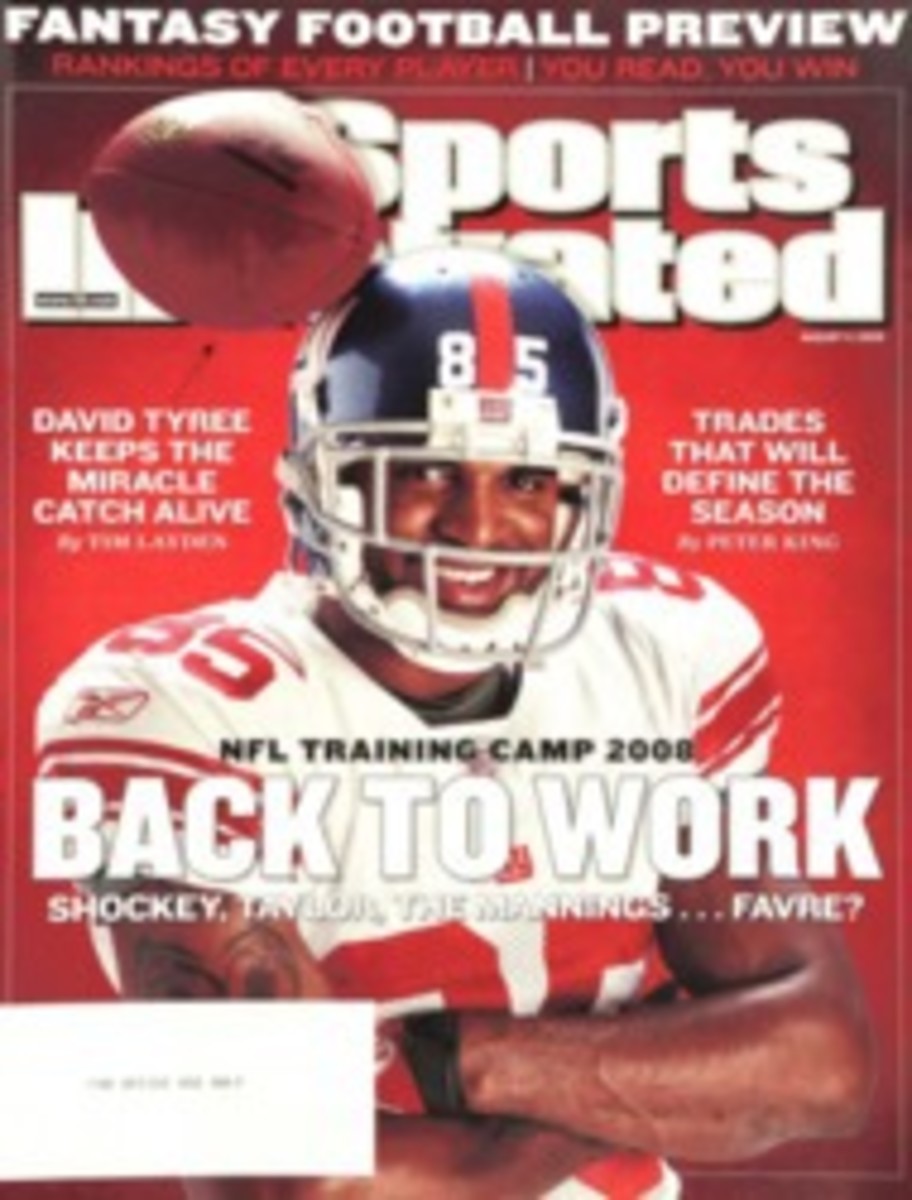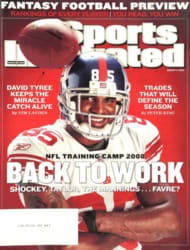
History Lesson
THIS SPRING'S unveiling of the USGA's Arnold Palmer Center for Golf History confirms what we already know: Golf revels in its past. But once we sail beyond the obvious—the Joneses, the Hogans, the Masters, the Opens—the bulk of the game's long and still-evolving story is easy to overlook. This despite its being under our noses, written in the dirt of the clubs we belong to and the courses that we play. It's a history we're in danger of losing if we who are actively living it don't just as actively work to preserve it.
When the Country Club of Rochester in upstate New York asked me to write a club history to accompany the restoration of its marvelous Donald Ross course, I jumped at the assignment. From a storyteller's perspective, the club seemed like a gold mine. Founded in 1895, it had some salt in its stubble. It was Walter Hagen's golfing womb; Robert Trent Jones's, too. It had hosted three national championships—two U.S. Women's Opens and a U.S. Women's Amateur—and housed a living monument in retired head pro Sam Urzetta, who had upset Frank Stranahan to win the 1950 U.S. Amateur and who to this day remains a fixture on the lesson tee.
Ross had made substantial renovations to his original layout over a 20-year stretch, and I couldn't wait to get my hands on the architectural plans and photographs, to read ancient accounts and to delve into the archive. Only, no blueprints existed, the photos were few, the accounts spotty, and the archive was a creased metal cabinet in the clubhouse attic more significant for what wasn't there than for what was.
With a bit of Sam Spade work, I unearthed enough circumstantial evidence to fill in the many blanks. Thankfully, Urzetta's memory was far more organized—and colorful—than the scraps in the old cabinet, and several of the club's senior members loaned generously from their own memory banks. Yet the story remained sadly incomplete, more so the further back it went.
Clubs are golf's clans and communities, big pots of cultural glue, and whether they happen to be at Shinnecock or some goat track down the road, they provide meaning and allegiance for the golfers who play them. True, some clubs keep meticulous records, but most don't, and they should. Not because the past is necessarily prologue, but because something that connects the present to the past and links the past to the future is inevitably lost every time a tattered blueprint is thoughtlessly chucked or the oldest member dies with his reminiscences unrecorded. Without those remnants golf loses texture. Without them golf is simply a game.
Daniel J. Boorstin, the late historian and Librarian of Congress, stressed the past's continued presence in an existential query: "If we don't know where we are, and we don't know when we are, and we don't know why we are, how can we possibly know who we are?" Apply that to golf, and it comes down to this: If we don't know who we are as golfers and what connects us to the game, we're not much more than penciled numbers on a scorecard. And given the numbers I tend to put down, I don't want to be reduced to that.
GOLF PLUS will next appear in the Aug. 18 SPORTS ILLUSTRATED.
TRUST ME
by JAMES P. HERRE
Without Tiger's support, golf in the Olympics is a long shot.
New Math
Phil and Amy Mickelson ask Congress to boost math and science aid
PHIL'S MATH + PHIL'S SCIENCE + PHIL'S PIGGY BANK - PHIL'S CAUSE √ó PHOTO OP = PHIL ON THE HILL
PHOTO
TUFTS ARCHIVES (ROSS)
MAN OF LETTERS Ross left a paper trail, but Rochester's revisions were lost.
PHOTO
PAUL HIASSON/AP (MICKELSON)
PHOTO
LEONARD KAMSLER (DAVE PELZ)
MAP
IMAGES.COM/CORBIS (MAP)
PHOTO
RUBBERBALL PRODUCTIONS/GETTY IMAGES (NERD)
PHOTO
YURI GRIPAS/REUTERS (MICKELSONS)
PHOTO

